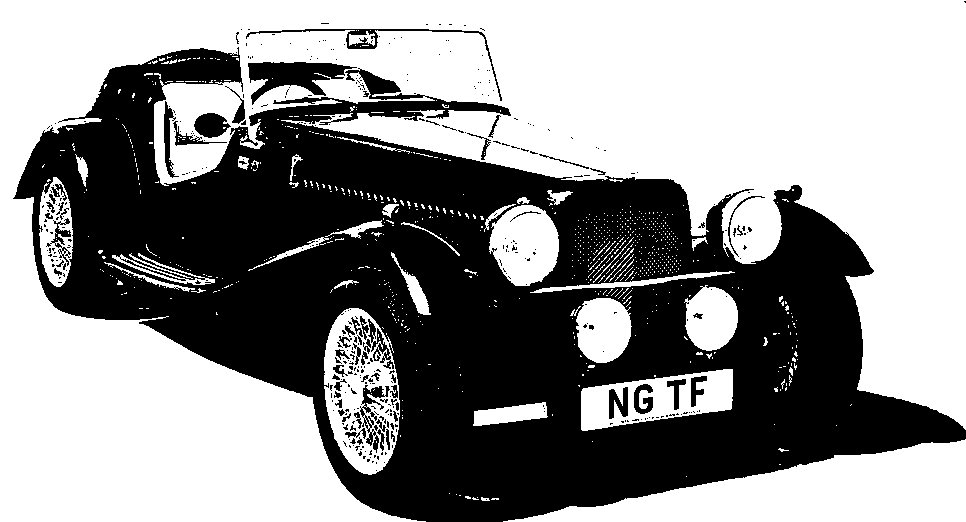
NG Kit Car
17 Electrical System
Battery
The electrics would be nothing without the battery and the main supply of power to the front of the car. A battery well is moulded into the floor of the "boot" but this will only take the slimmer Japanese type batteries. After hunting around a bit, the highest capacity battery I could find to fit was a 45 amp hour one as fitted to a Nissan Micra (approx year 2000). Mine is from Halfords, model no. HB053 and has a cold cranking capacity (ccc) of 380 but other manufacturers do similar ones (photo 1). I fixed an acrylic packing piece (10mm thick) behind the battery and powder coated the clamp to provide protection against accidental shorting of the battery terminals.
Supply Cable
NG supply an electrical kit which includes the main supply cables, an isolator and a 3-piece wiring loom as well as lights and many other bits and bobs. The isolator is a battery cut-out with a key and is fitted into the rear nearside foot-well. A short supply cable is run from the battery positive to the isolator (photo 2, note that rubber protective boots are still to be added), then a long cable runs from this to the front. The cable is clipped to the chassis and passes through the centre cross member (photo 3). The supply cables must be clipped at least every 300mm for which holes are provided in the chassis although some holes are needed in the underside of the body for additional p-clips. The cable then connects to the starter motor (photo 4).
Earth Leads
To complete the circuit, earth leads must be fitted. The front one runs from the bell housing near the starter motor to the front chassis earth point (photo 5). The rear one runs from the rear chassis earth point to the battery negative terminal (photo 6).
Connections
The battery terminals have grub screws to secure the cable. I used some 5/16" (8mm) copper tube (fuel pipe) slit down its length to encase the ends of the stripped cable before securing it so that the screws squeezed it all tightly together (photo 7).
The main supply cable connectors have 8mm holes which are suitable for everything except the isolator switch which has 10mm studs. I therefore had to replace two ends with 10mm connectors (photo 8). As copper is such a good conductor of heat, I found it impossible to solder the new terminals - this is presumably why the originals were crimped. Heat shrink tubing is needed too.

Type HB053

on supply cable


Type HB053